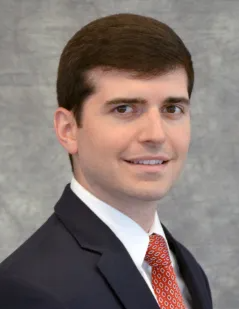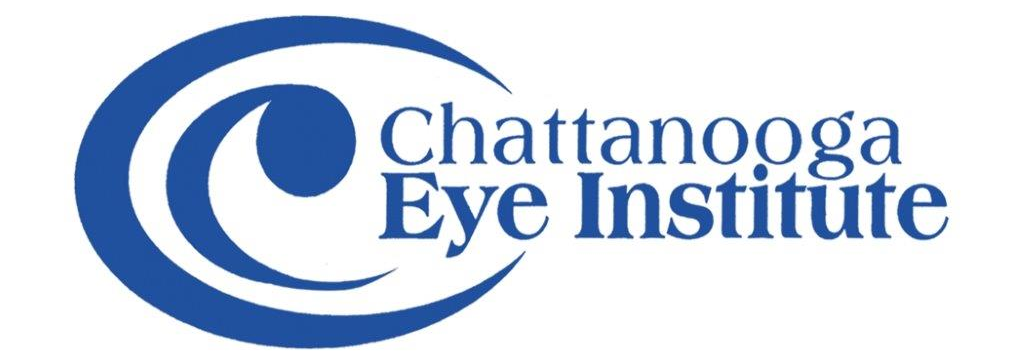About Robert Evan Levy of the Chattanooga Eye Institute
Robert Evan Levy, M.D.

Procedures Performed by Dr. Levy
- Eyelid Lift (blepharoplasty):
Blepharoplasty is a surgical procedure in which the extra skin and/or fat is removed or repositioned to improve vision and provide a youthful restoration to the face.
- Ptosis:
Ptosis is caused by drooping eyelids from age-related weakening of the eyelid muscle or connective tissue. Surgical correction can often be performed from the underside of the eyelid which will produce no visible scars.
- Brow Ptosis:
Brow ptosis is where the lateral and sometimes medial brow can droop to an extent to causing superior vision loss. This can be corrected either through endoscopic brow lifts, direct brow lifts, or brow support sutures (brow pexy). Brow lifts are often combined with ptosis repair and/or blepharoplasty.
- Ectropion:
Ectropion is a condition in which the eyelid can turn out. This can cause tearing from malposition of the tear drainage mechanism (puncta). This can also cause dry eye and irritation from exposure. Eyelid ectropion is corrected surgically by tightening the lower eyelid. Advanced cases may also require rotational sutures, alloderm (dermal tissue matrix) implants, and sometimes even skin grafts.
- Entropion:
Entropion is when the eyelid abnormally turns in. This is usually caused by eyelid laxity in combination with excess eyelid muscle. The turned in eyelid can irritate the front of the eye from mechanical rubbing of the eyelashes on the cornea. This can scratch the eye and even lead to permanent vision loss from scar formation. Entropion is corrected surgically by tightening the lower eyelid, re-attaching the retractors of the lower eyelid, and removing excess orbicularis (eyelid) muscle.
- Skin Cancer removal and eyelid reconstruction:
Eyelid lesions can be benign (non-cancerous) or malignant (cancerous). Malignant lesions have to be fully excised by local excision or MOHs technique. Dr. Levy specializes in the eyelid reconstruction portion of the surgery. Small defects can be closed directly while larger defects can require complex reconstruction.
- Lagophthalmos:
agophthalmos is a condition in which the upper eyelid does not close all the way. This can be secondary to Bell’s palsy, trauma, or history of surgery. The inability to close the eyelid can lead to corneal dryness and severe exposure can even cause permanent scar formation. Placement of a gold or platinum weight can improve eyelid closure and prevent corneal damage from exposure.
- Trichiasis:
Trichiasis occurs when misdirected lashes rub and irritate the eyes. Management involves manual epilation or electrocautery to prevent lash re-growth.
- Eyelid Trauma:
Eyelid lacerations can lead to damage to the lacrimal drainage system. The eyelid may have to have surgical correction with sutures and may involve placing a stent into the nasolacrimal system to prevent long term complications.
- Punctoplasty:
Small puncta in the eyelid can prevent tears from training into the lacrimal system. A snip punctoplasty is a procedure where the puncta are opened to provide direct passage of your tears. This is a minimally invasive, in-office procedure.
- Dacryocystorhinostomy:
The drainage pathway can be occluded at any point in the system and create excess tearing and even infections. The most common site of obstruction is in the nasolacrimal duct as it passes through a bony ostium. A DCR creates a new, direct passage through the lacrimal bone. This improves the outflow of the tears and resolves tearing. This procedure can also prevent infections like dacryocystitis.
- Enucleations/Eviscerations:
In some circumstances, a patient suffering from intraocular cancer or blind and painful eye may have to have the eye removed. This can be a very traumatic experience for the patient. Fortunately, a prosthetic eye can be fitted to match the seeing eye and can look extremely realistic and be difficult to distinguish the normal eye from the prosthetic eye.
- Orbital decompression:
Grave’s disease can cause inflammation of the tissue around the eyes which can lead to bulging of the eyes (proptosis), eyelid retraction, and even double vision. Severe disease can cause permanent vision loss. Surgical removal of bone and/or fat from the orbit can provide relief for patients with thyroid eye disease.
- Orbital Mass Biopsy:
Occasionally growths in the orbit can be found and may require a biopsy to identify the lesion. There are multiple approaches to orbital masses that are safe and typically do not lead to external scars on the eyelids or brow.
- Optic Nerve Sheath Fenestrations:
Patients with idiopathic intracranial hypertension (elevated intracranial pressure) can sustain vision loss from prolonged pressure on the nerve. This disease is typically treated with medication but some patients that have severe disease or cannot tolerate medical treatment may require surgery. One surgery that can help prevent vision loss is called an optic nerve sheath fenestration. This procedure creates slits in the optic nerve sheath to relieve pressure around the optic nerve. This procedure is typically reserved for patients for severe vision loss that cannot tolerate medication or other surgical interventions.
- Orbital Floor fractures:
Patients with trauma to the eye may require surgery to fix orbital fractures. Double vision, enophthalmos (sunken eye), and large floor fractures are indications for surgery. Dr. Levy approaches the orbit through the conjunctiva of the lower eyelid. This approach allows complete access to the orbital floor and allows repair without using any external incisions which can scar.
- Facial spasms:
Spasms from blepharospasm (eyelids) and/or hemifacial spasms can be extremely bothersome to patients. Many have trouble keeping their eyes open to do activities of daily living. Dr. Levy specializes is in localized injections of neuromodulators like Botox or Xeomin that can prevent these spasms.
- Facial Rejuvenation:
The process of aging can involve volume loss in the face and orbit causing “tired eyes”. The aging process can also induce wrinkles in the forehead and eyelids. Dr. Levy performs Botox and Xeomin injections to prevent and improve facial rhytids (wrinkles). Dr. Levy also performs filler injections to improve volume loss in the face and orbit.
Contact Us Today To Schedule An Appointment!
We will get back to you as soon as possible
Please try again later
CONTACT
5715 Cornelison Rd. #6600
Chattanooga, TN 37411
Medical
(423) 892-3937Optical
(423) 899-7070
EMAIL US
CONTACT
5715 Cornelison Rd. #6600
Chattanooga, TN 37411
Medical
(423) 892-3937Optical
(423) 899-7070
EMAIL US
All Rights Reserved | Chattanooga Eye Institute | Powered by Flypaper | Privacy Policy

